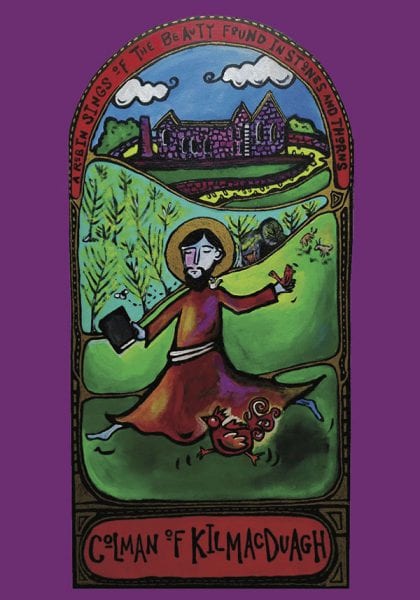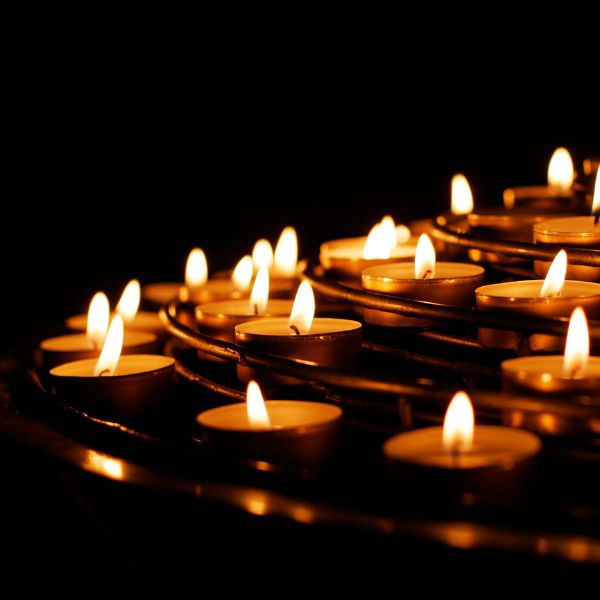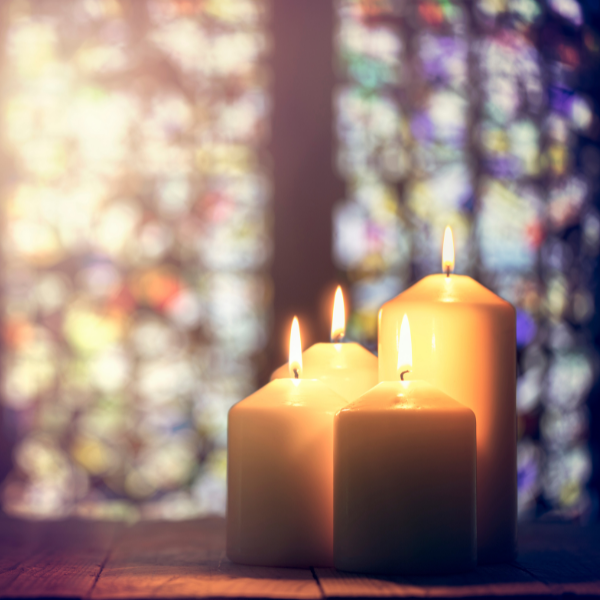




Before I left for Ireland I had a dream in which my husband and I return to our old apartment building in San Francisco which was going to be demolished and help to save an old clock tower that rests on top of it (the clock tower is not there in waking life). I brought this dream to my spiritual director who pointed out that clock towers rest at the junction between chronos time and kairos time. For those of you not familiar with those terms, chronos time refers to everyday time, the time we measure out in our schedules, time that often can feel relentless in its pace and scarcity. Kairos time, however, is God’s time. It is the time beyond time, when for a moment we can touch the eternal because we lose track of the movement of chronos time. Kairos time lifts us out of the experience of the everyday and immerses us in a sense of the abundance of time. Clocks measure out chronos time in minute increments (sometimes seconds), but the clock towers of older times have a grace and beauty to them and often functioned as a call to prayer, and so open up the possibility of kairos time as well.
In Ireland I loved that I found decorative clocks and clock towers around every corner it seemed. In Dublin, the bells of Christchurch Cathedral rang out to call people to Sunday mass and chimed the hours. In our modern rushed world, those chimes could be a reminder of how quickly time passes or how little time is left, but their function was to call people to prayer and an awareness of God in the midst of the workday. Monasteries would ring bells to call the monks to pray the Liturgy of the Hours, the call to prayer is issued from minarets (sometimes called the gate between heaven and earth) to Muslim faithful five times each day, in Jewish tradition prayers are said three times each day and four on Shabbat or other holy days, and while I am not aware of a similar communal call to prayer from towers in Jewish communities, the shofar is sounded to awaken people to the start of Sabbath, the New Year and the new moon, and on Rosh Hashanah and Yom Kippur, the holiest of holy days. The traditional times for prayer are at hinge moments of the day, those times of transition — dawn when day is breaking open, before work begins, noon when we reach the fulcrum of daytime, dusk when we release into darkness, and in the black of night. These are the thresholds of the day that are most conducive to our own awakening from spiritual slumber.
I bristle against externally imposed schedules, part of why I so enjoy working from home and waking without an alarm on most days (as Michael Meade says, why would we want to alarm ourselves first thing in the morning). This rhythm helps to feed an organic approach to prayer which is so life-giving for me, learning to listen deeply to the rhythms of my body and spirit and responding out of those. And yet, there are certainly times when I perhaps need to hear the sound of the church bells or the voice calling me to prayer from the minaret. Times when I am still asleep. Walking by all of those decorative clocks in Ireland reminded me of my dream, how I was trying to save the clock tower, and connected me to a longing for that sacred sense of time and a deeper embrace of the hinge moments in my own day.
Praying the hours is certainly a central part of the monastic life, although as an Oblate it has not been one of my primary practices. I love the prayers, but they feel like prayers that should be said or sung in community which is often not possible. But I am feeling a call to examine this more closely and see how I might deepen my awareness of the gifts of the day through this practice and trust the longing that is unfolding within me.
What is the call you need to hear to awaken from your sleep?
-Christine Valters Paintner @ Abbey of the Arts
(photos taken in Dublin, Waterford, Dingle, and Galway)






3 Responses
Thanks Suz. I very much look forward to meeting you, it is shaping into a wonderful group and it would be great to have your friend join us.
Cathleen, I love the image of the thyme garden and God’s thyme. I prayyour body is able to release itself into the gift you offer to it, an essential one to be sure. Thanks for the kind words!
I have a Thyme Garden in my backyard as an invitation to live in God’s thyme, kairos thyme as you so beautifully speak of. And right now I am trying to give myself the gift of deep and renewing rest and sleep – as I awaken too easily in the night. Perhaps while sleeping my dreams will shed light on leaning fully in to Kairos thyme.
Your photos are beautiful along with your words. Welcome home!
I am so glad you are back, Christine! It is good to see that you loved Ireland and can now share it with us. I had a feeling you would find it very special.
I am so looking forward to the intensive in November. Guess I better get my questions in!I had a woman from my SD class call and she may be interested. I am going to give the site to her so she can check it out. She’s a lovely woman…it would be fun to come with her.